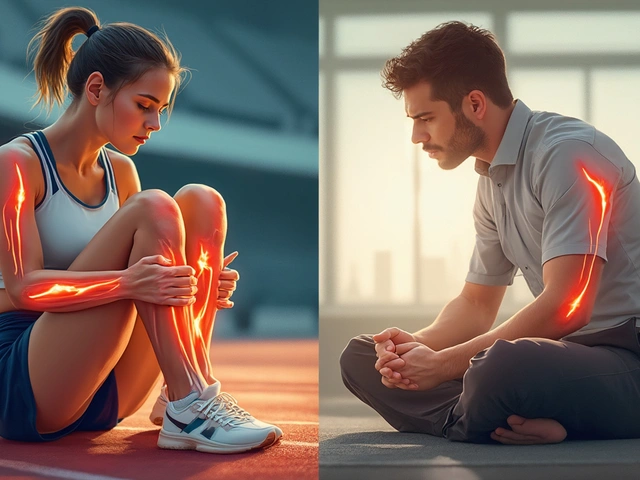Pain Relief Techniques You Can Use Today
Pain often feels overwhelming, but simple methods can cut discomfort and speed recovery—for your dog or yourself. Start with safe, low-risk tactics: hands-on massage, gentle stretching, better food choices, and stress-busting habits. Below are clear, practical steps you can try right away.
Hands-on methods that actually help
Massage is one of the fastest ways to ease soreness. Use slow, gentle strokes along the muscle length. For dogs, keep sessions short—2 to 5 minutes per area—and watch for signs of relaxation or tension. If your dog pulls away or shows pain, stop and ask a vet.
Myofascial release is simple: find a tight spot, apply light pressure, and hold until the tissue softens. Don’t press hard. Think of sustained, calm pressure rather than force. Neuromuscular techniques (like trigger point release) work similarly: find a tender spot, hold steady pressure for 20–60 seconds, then ease off slowly.
Sports-style massage helps active bodies. Work in long, flowing strokes to move fluid and loosen tight areas. For active dogs, focus on hips, shoulders, and lower back. For people, pay attention to hamstrings, calves, and the upper back. Always end with gentle stretching to keep the gains.
Daily habits and simple tools that matter
Small changes add up. Add omega-3s to the diet to cut inflammation—fish oil for people and vet-approved supplements for dogs. Swap processed snacks for whole foods. Keep hydration steady; water helps tissues recover faster.
Heat versus cold: use cold for fresh injuries and swelling (first 48 hours). Use gentle heat for chronic stiffness—warm packs or a warm bath relax muscles before massage. Never apply heat to a clearly swollen area.
Stress makes pain worse. Try basic relaxation: slow belly breathing for two minutes, or a short guided relaxation. For people, biofeedback devices can help you spot when tension rises and teach you to calm it down. For dogs, a calm environment and consistent routine reduce stress-related muscle tension.
Aromatherapy can help mood and calm. Lavender and chamomile are gentle options—diffuse lightly in the room during massage. Don’t use essential oils directly on a dog’s skin without vet advice.
Know your limits. If pain is sharp, sudden, worsening, or paired with changes in behavior (for dogs) or fever (for people), see a professional. Use these techniques as part of a plan: check with your vet or therapist, especially before trying deeper manual work or supplements.
Want to go deeper? Our articles cover sports massage, myofascial release, neuromuscular techniques, and relaxation tools so you can pick the right approach for your situation. Start small, pay attention, and keep it gentle—real relief often comes from consistent, simple care.

The Power of Gua Sha in Overcoming Chronic Pain
Hi, I'm sharing with you today my journey with Gua Sha therapy and how it has positively impacted my journey with chronic pain. Gua Sha, a traditional East Asian healing technique, has shown immense potential in controlling and managing chronic pain. This simple yet effective therapy is a must-try for someone who has been battling relentless aches for a long time. Join me in my exploration of Gua Sha, its benefits, and how it's made life easier for us chronic pain warriors.

Biofeedback: The Future of Heart Health Starts Here
Jun, 13 2025



